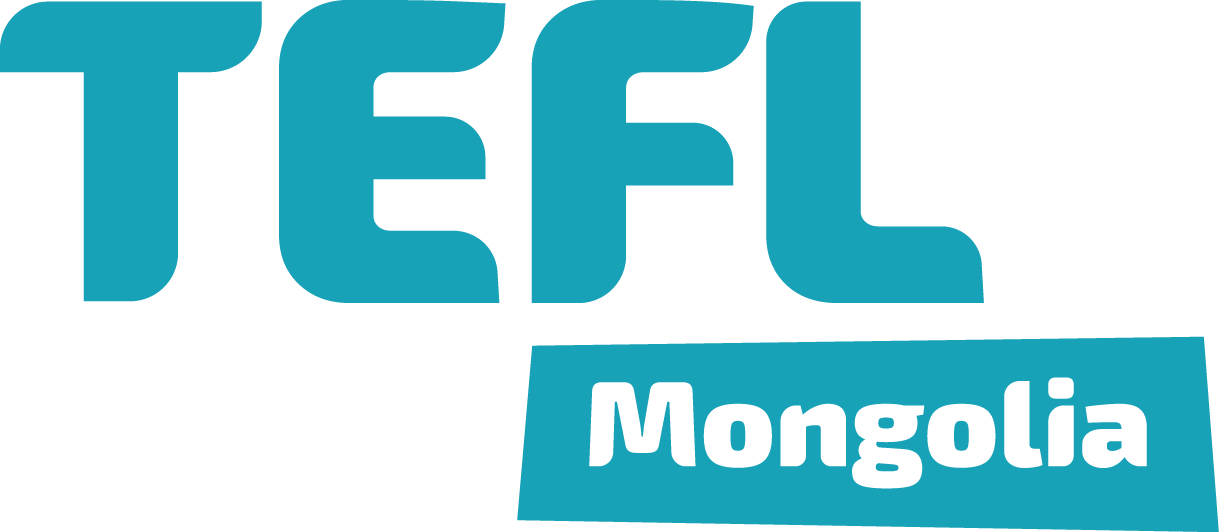
How to encourage your teenage students to become independent learners
No matter your age, position, or ambition, learning is a lifelong activity. Many teachers embody this philosophy themselves – and would like nothing more than for their own teenage students to develop strategies to become independent learners.
But teachers are often left feeling frustrated when their students rely on them too much or show a lack of motivation and focus in the classroom.
The beginning of the new year or a new term is the perfect time to start thinking about helping your students become independent learners. A good way to do this is by having them participate in engaging projects and challenges.
Let’s take a look at how to start a project that holds your students’ attention. We’ll also go into how you can help your students practice and develop a range of English language skills at the same time.
The benefits of starting a project that interests your students
Group projects are motivating because they give students a common objective to work towards. The need to work as part of a team teaches teens collaboration skills, such as accountability. When learners decide on roles within their groups (and they rely on each other to get things done) it soon becomes apparent just how important it is for them to be responsible and do their part.
Project work also often encourages students to push themselves beyond their comfort zones as they try and test new skills. This is often true when learners are required to present on a topic or learn how to do something practical (like using PowerPoint or Google Slides for presentation design).
In addition, projects can test a variety of English language and 21st-century skills such as:
- Critical thinking skills (for planning and development of ideas)
- Topic/Subject-specific vocabulary
- Reading and listening comprehension (for researching)
- Speaking skills (for group work)
- Creative skills (for project development and production)
- Presenting skills (for final delivery if the project)
Read more about 21st Century skills in our article Seven essential 21st-century skills for secondary learners
Furthermore, when projects take place over several classes, students often eventually get into a routine and seek less direction from the teacher. They know what needs to be done – and they get on with it in their groups. Of course, you will still need to monitor and offer guidance throughout the project.
So how do you get started?
The key elements of an independent learning project
First, you’ll need to start with a topic that engages your students. To discover this, put students in groups (online in breakout rooms or in the classroom) and have them work together and mind map some local, national or global problems they would like to solve. For example:
- The local theater has closed down and they want to set up a new drama club.
- There is a lot of pollution in the capital city and they want to help reduce it.
- The Amazon rainforest is being deforested and they want to create awareness.
After they have a good-sized list, instruct each group to pick something they would like to learn more about. Alternatively, if your students are unlikely to find interesting problems to solve themselves, provide them with several short level-appropriate reading materials about topics you think will catch their attention. That way they can learn about local or international issues and choose a project focus.
Balancing guidance and instruction
A key goal of this project-based approach is to encourage students to be independent. That does not mean they should have no boundaries or objectives, however.
You’ll need to set deadlines, tell them what you expect of them, and explain how they should present their projects at the end. And, depending on their levels, your students will also need a certain amount of scaffolding. You can do this using a set of questions. For example:
- What is the main problem you want to solve?
- Who does it affect?
- Why is it important to change?
- What steps could you take to solve the issue?
- Who could help you do this?
- How could we do this as a group?
- How can we present the issue to make people care about it?
These questions can form the basis of the project, which can last from one to several weeks, depending on their age, level and time restraints. Adapt the questions to suit your students and the specific needs of their projects.
Facilitating teamwork
Encourage students to work together to plan, research and present their ideas. Set days or classes by which certain elements of the project must be completed. This helps ensure that the students make progress and also encourages them to ask you questions if they are stuck.
Decide whether you want to give set times during your classes to work on the project, or whether you want to dedicate entire classes to their work. Also, think about how much work should be completed in your students own time. Their workload, level of English, and access to technology will all have an impact on your decision.
For example:
- Class one: Define the problem you want to solve. Think about what you need to find out, decide on individual roles and come up with an action plan. Show the teacher your progress.
- Class two: Research your project questions and share what you find with the group. Is there anything else you need to know? Show the teacher your progress.
- Class three: Come up with a presentation outline and begin to work on it.
- Homework: Each work on your individual presentation section.
- Class four: Show the teacher your progress. Practice your presentations.
- Class five: Practice and then deliver your presentations.
You may wish to allow students the freedom to choose how they would like to present it. But bear in mind that you may have to supervise if they are unfamiliar with different programs or technology. Give instructions on how long you expect the presentation to be. If working remotely, collaboration tools such as Google Docs, Padlet and Trello are great to facilitate teamwork.
Here are some ways you might ask them to present, however this may also depend if you are teaching online or face-to-face.
- A poster and presentation
- An online presentation (e.g. using PowerPoint)
- A website (on paper or online)
- A video presentation
- A theatrical production
- A podcast episode
Keep in mind that the objective is to help them research, present and deliver a project in English. Check in regularly on progress and provide feedback and help whenever needed.
While it’s important to monitor and guide them with the English language as they work, it’s also key to let students make decisions for themselves.
Note that you can use the Global Scale of English Teacher Toolkit to support learning goals and help your students become independent learners.
Supporting independent learners
With interesting projects to tackle, alongside plenty of classroom support, we’re sure your students will become accomplished English language speakers and independent learners.
Projects like both encourage students to use English outside the classroom and learn in their own time, but they add elements of accountability and peer motivation. Giving students the opportunity to study and learn about something they are passionate about, is also key to keeping them interesting in studying.
We wish you the best of luck with your classes, whether they are face-to-face, online or hybrid and a very happy and healthy 2021.
Source: https://www.english.com/blog
